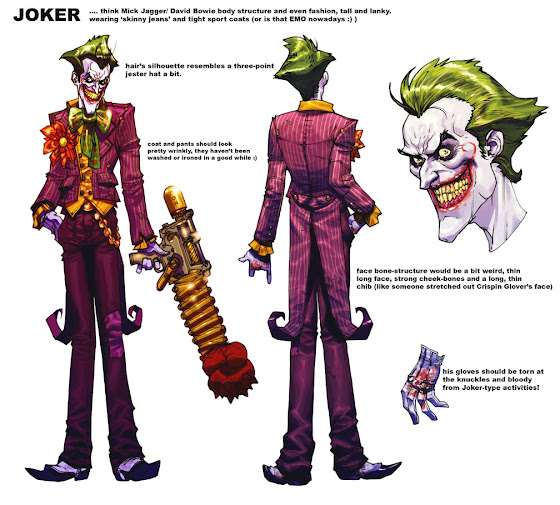Week 9 Reading and Writing

I first struggled a lot with the reading and writing tasks due to my difficultly with dyslexia but I will say the element of blog work and controlling my own blog was and is quite enjoyable, So I think if it wasn’t for the fact that I got the chance to become and experience being a blogger I would have struggled a lot during this semester in relation to these continuous tasks every week. When I first began doing the readings solo it took me hours to read through the articles/blogs but after doing the tasks for a few weeks I slowly began to get into a routine, a way in which I could quickly pump out these tasks while still maintaining a great amount of information from articles themselves and composing an informative blog post which reflects both my understanding of my readings and the knowledge I’ve gathered from them. I still struggled with the tasks but at least now I would not fall behind on work/tasks within my module, Soon though that would all change when we decided to switch ove...


